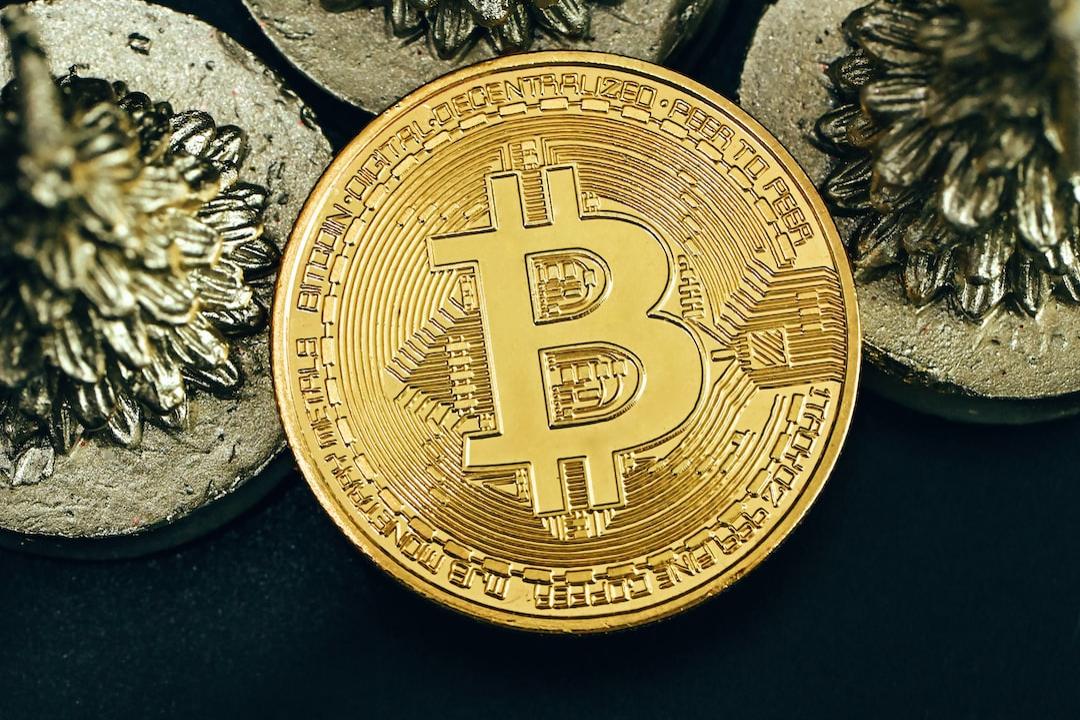Hyperliquid Under Lightning Strike Again
In the depths of the cryptocurrency market’s turbulent night, a precision strike against the decentralized derivatives exchange Hyperliquid quietly unfolded. On March 26, a trader executed a massive short position of 430 million JELLYJELLY tokens, pushing Hyperliquid into a liquidity crisis and liquidation risk.
As the price of JELLYJELLY surged by 560% and leading exchanges launched contracts, Hyperliquid was forced to make a life-or-death choice between decentralized principles and user asset security. This skirmish, lasting only 2.5 hours, not only exposed the governance paradox of decentralized exchanges but also became a textbook case of capital hunting in the crypto world.
Surprise Short Attack: A Well-Planned Precision Strike
Following the previous incident involving a 50x leverage whale, Hyperliquid once again fell victim to a targeted attack by a malicious team. On the evening of March 26, a trader opened a short position of 430 million JELLYJELLY tokens (valued at 4.08 million USD) on Hyperliquid, and after a slight price increase, the user actively closed part of the order and withdrew the margin. Due to insufficient opposing orders, the remaining short position of 398 million JELLYJELLY tokens could only be taken over by Hyperliquid again.

Subsequently, as the price of JELLYJELLY continued to rise, Hyperliquid’s short position incurred ongoing losses, peaking at 11.45 million USD. On-chain analyst @ai_9684xtpa stated on social media that if the price of JELLYJELLY rose to 0.17 USD, the treasury would face liquidation, resulting in a current loss of 240 million USD (Note: this was a calculation error by @ai_9684xtpa; the actual liquidation price is 0.1479 USD, and Hyperliquid employs a segmented account mechanism, meaning a single order does not lead to a total account loss).
It seemed that a deliberate short squeeze operation targeting Hyperliquid’s treasury was about to unfold. If Hyperliquid chose to intervene, it would face community doubts about its identity as a decentralized exchange. If it allowed the orders to go unchecked, a large number of users who chose to deposit funds in Hyperliquid’s treasury would suffer significant losses. The sophistication of this scheme could be likened to the contemporary “two peaches kill three scholars.”
Next, the price fluctuations of JELLYJELLY continuously teased Hyperliquid’s life and death line.
Leading Exchange Contracts Go Live, Hyperliquid Hits Emergency Brake
Bloggers like @off_thetarget revealed on X that someone had contacted them on March 24 to help facilitate JELLYJELLY’s launch on Binance. @off_thetarget believed that for the team operating the JELLYJELLY event, if successful in launching on Binance, they could gain substantial profits through spot purchases. Conversely, if the launch failed, they could still profit by holding short positions.

As events unfolded, the question of whether Binance would launch JELLYJELLY at this critical moment hung over Hyperliquid like a sword. Discussions about JELLYJELLY on social media continued to heat up. At 23:10, OKX announced it would officially launch the JELLYJELLY perpetual contract trading pair at 23:30. Minutes later, Binance also announced the launch of the JELLYJELLY perpetual contract.
In response to this news, many users rushed to join the long positions, causing the price of JELLYJELLY to soar from the initial opening price of 0.0095 USD to a peak of 0.06276 USD, an increase of 560%, merely 135% away from triggering Hyperliquid’s liquidation price of 0.1479 USD.
In a life-and-death moment, Hyperliquid began to act. At 23:21, users noticed that the price curve for JELLYJELLY on Hyperliquid had stopped updating, and the order book displayed as blank. The previously massive losses of the JELLYJELLY position were also no longer visible. The community speculated that Hyperliquid had delisted the JELLYJELLY token to control losses (other community users reported that Hyperliquid had actually delisted the JELLY contract before Binance announced its contract launch).

Minutes later, users found records of the short position settlement in Hyperliquid’s treasury settlement history. The settlement price was 0.0095 USD, the same as the initial opening price of the attacker. This meant that Hyperliquid did not incur any losses on this order.
However, the market’s spot price for JELLYJELLY at settlement should have been around 0.05 USD, a difference of over five times. Such an operation clearly defied common sense. It seemed that Hyperliquid had crudely closed this losing order through human intervention.
At 23:44, after remaining silent throughout this process, Hyperliquid’s official account finally explained on Discord: “Upon discovering evidence of suspicious market activities, the validators convened a meeting and voted to remove the offenders from JELLY. All users except those marked will receive full compensation from the Hyper Foundation. This will be automatically completed within the next few days based on on-chain data, without the need for ticketing. The method will be detailed in a later announcement. Like other chains, validators typically need to convene everyone to take decisive action to ensure the integrity of the network. Enhancing the robustness and transparency of the voting system is paramount. Please note that as of the time of writing this article, HLP’s 24-hour profit and loss was approximately 700,000 USDC. We will make technical improvements and learn from this experience to make the network stronger. More details will be shared soon.”
Key Elements of the Announcement
- The operation was decided by vote (maintaining the decentralized governance mechanism).
- Compensation will be provided for users who incurred losses by opening positions on JELLYJELLY on Hyperliquid (excluding offenders, i.e., the addresses that initiated the attack).
- In this practice, the treasury did not incur losses and maintained a profit of 700,000 USD within 24 hours (boosting user confidence in the treasury’s profitability).
With Hyperliquid forcibly closing the orders, this targeted attack against Hyperliquid was declared a failure. The price of JELLYJELLY began to plummet, crashing 67% within 13 minutes. Perhaps sensing that the market’s extreme volatility could affect the token listing, OKX promptly announced a delay in the listing of JELLYJELLY.
Dual Queries of Liquidity Trap and Treasury Design
At this point, the targeted demolition of Hyperliquid seemed to reach a conclusion. Although the entire event lasted only 2.5 hours, during this brief time, a decentralized derivatives exchange with a market cap of approximately 5 billion USD became the focus of attention. The exposed issues and the various forces at play are a classic case of capital schemes in the crypto world. There are still several issues worth interpreting.
First, what was the logic behind the initial trader’s operation? What design flaws of Hyperliquid does this reveal?
The first exposed issue is Hyperliquid’s trading liquidity problem. Unlike the previous 50x leverage whale that chose Ethereum as the trading currency, this time the trader opted for the relatively niche token JELLYJELLY. Data shows that the trading volume for Hyperliquid’s JELLYJELLY contract is generally low, usually only a few tens of thousands of dollars per minute. Therefore, when traders attempt to close large short positions, if there is not sufficient liquidity on the order book, Hyperliquid will intervene to provide liquidity.
Secondly, this raises the downside of Hyperliquid’s treasury acting as the counterparty. Compared to Hyperliquid’s situation, centralized exchanges (CEX) rely more on market makers and centralized order book management for processing large orders, rather than relying on community-provided liquidity pools (like GLP or HLP).
Behind the Zero-Sum Game: No Winners Among the Instigators
It appears that Hyperliquid preserved the facade of decentralized governance through voting. However, subsequent revelations from @spreekaway indicated that Hyperliquid’s voting validators were all votes from the Hyper Foundation. This was criticized by the community, as this vote was still not a resolution reached by the entire community but rather a decision made by Hyperliquid’s officials. Although the situation was urgent, from this perspective, Hyperliquid’s decentralized governance still had a veil pulled back.

Moreover, Hyperliquid’s user trust has suffered significant damage. During the process of holding short positions, PANews discovered that many on-chain funds chose to withdraw from the treasury to avoid being affected by potential liquidation losses. Although the treasury’s yield eventually returned to normal levels, the deposit amount decreased by 90 million USD in a short period, a reduction of 30%. From this perspective, while Hyperliquid seemingly avoided treasury losses, it also suffered a significant blow.

The growth of the treasury over the past three months was wiped out overnight.

Additionally, the trader who initiated this event seems to have failed to profit from this incident. Since Hyperliquid chose to exclude offenders from the compensation list, this trading team will incur losses from price fluctuations on the long and spot orders they opened on Hyperliquid, thus failing to achieve the anticipated profits. Their positions opened on other platforms may also suffer losses due to extreme market volatility.
For other exchanges that quickly listed tokens during this process, the fleeting popularity of JELLYJELLY may not attract many users after this incident, and instead, may evoke resentment from many users on social media due to this seemingly opportunistic operation. Especially within the Hyperliquid community, many users can be seen condemning Binance’s actions.
The initiators of this incident have also become a focal point of discussion on social media. According to @off_thetarget’s revelations, it seems that the JELLYJELLY-related team attempted to exploit this loophole for profit.
Many users also believe this was a deliberate attack on Hyperliquid by other centralized exchanges. According to Lookonchain monitoring, the funds used to attack Hyperliquid and open positions were extracted from Binance and OKX.
Furthermore, many KOLs participated in the discussions, fanning the flames.
Retail Investors Pay for the Farce
In fact, during this incident, retail investors who followed the trend or went long became the biggest victims. According to data from coinglass, the liquidation amount for JELLYJELLY reached 12.2685 million USD within 4 hours (the market cap of JELLYJELLY was only 23 million USD), ranking third across the entire network, only behind Bitcoin and Ethereum.

As the price surged from 0.0082 USD to 0.0627 USD within 2 hours, then plummeted from the peak to 0.021 USD, the maximum increase reached 665%, while the maximum decline hit 67%. How many retail investors lost sleep over this operation?
When the price of JELLY finally settled at 0.021 USD, this thrilling sniper battle seemingly ended with Hyperliquid’s “defensive victory,” but what remained on the battlefield were deeper industry questions: Who truly holds governance power in decentralized exchanges, the community or the foundation? Can the liquidity dilemma be avoided from becoming a gap for capital hunting? Are retail investors doomed to become victims of schemes amid KOL misguidance, exchange games, and price manipulation? While the incident may pause, the road to rebuilding trust in the crypto world is far longer than a daring liquidation operation. As the community has said: This is not the first time, nor will it be the last — beneath the guise of decentralization, the game of power has never left the stage.
This article is collaboratively reprinted from: PANews

